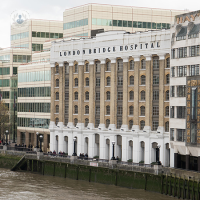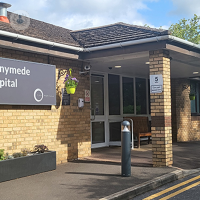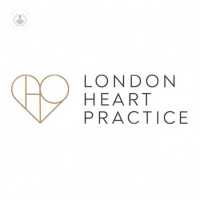Defibrillator
Dr Charis Costopoulos - Cardiology
Created on: 07-23-2013
Updated on: 09-29-2023
Edited by: Jay Staniland
What is a defibrillator and when should it be used?
A defibrillator is a device that helps the body regain a heart beat. It is typically used when an individual is suffering from a cardiac arrest, or in other medical terms, life-threatening arrhythmia. This dangerous irregular beating of one's heart is, in medical terms, referred to as ventricular fibrillation.
A defribillator should always, where possible, be used on an individual who is unresponsive and not breathing as they normally should.

How does a defibrillator work?
A defibrillator device provides an extremely high-energy electrical shock to the patient's rapidly beating heart. This shock then restarts the heart and thus allows the heart to regain its normal beating rhythm once again.
Who can use a defibrillator?
No training is required for the use of a defibrillator, so anyone can use it in a situation where it is deemed necessary. Clear instructions are displayed on the AED device if one is found in public, as well as a phone that links to the emergency services that can guide you if necessary. A defibrillator being used in a hospital in the urgent care must be used by a specialist trained in its use.
How effective are defibrillators when it comes to saving someone's life?
If a defibrillator is used within three minutes of a sudden cardiac arrest (SCA), the patient will have up to a 70 per cent improved chance of surviving, and a 90 per cent chance of survival when the defibrillator is used within one minute of the sudden cardiac arrest.
Where are defibrillators usually found? Are they easily accessible?
Fortunately, Public Access Defibrillators (PAD), otherwise called Automatic External Defibrillators (AED) are very accessible. They are usually located in workplaces and various public areas including airports, shopping centres, and train/bus stations, and are often located in old telephone boxes..









